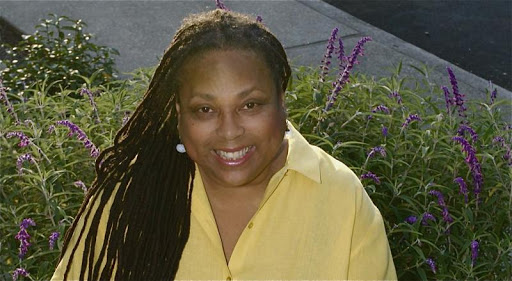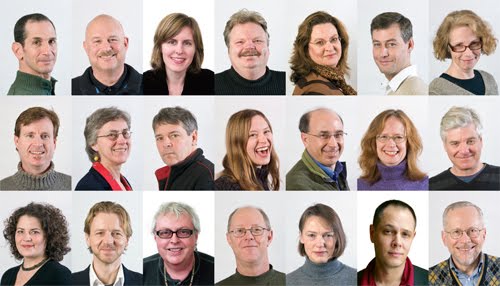I just spent four and a half hours on the phone talking with a Buddhist friend about race, status, privilege and—of course—Buddhism and meditation. I wish we’d taken notes. As people of color, we both hanker for more of our own communities to be represented in mainstream American Buddhist institutions, but my friend was quick to point out our different perspectives. The barriers that I discuss regarding Buddhist Asian Americans are different than the barriers for Buddhist African Americans. For one, Asian Americans comprise the outright majority of the American Buddhist community, while African Americans are a clear minority. Most African Americans also have deep cultural and emotional ties to Christianity and church than your average Asian American. Since many Asian Americans come to Buddhism as a cultural heritage—as a family tradition or otherwise—their interactions with the convert white Buddhists who dominate American meditation centers are different than those of African Americans, who are largely themselves converts. My friend stressed that broader socioeconomic factors play a huge role in why we see so few African Americans in, say, meditation centers. These centers cater to a cultural elite, those who have more experience shopping in Wild Oats than living in the projects. This description is nothing new, but my friend suggested that perhaps the “diversity” of American Buddhist meditation centers simply mirrors the faces of America’s cultural elites. Poor American Buddhism.

